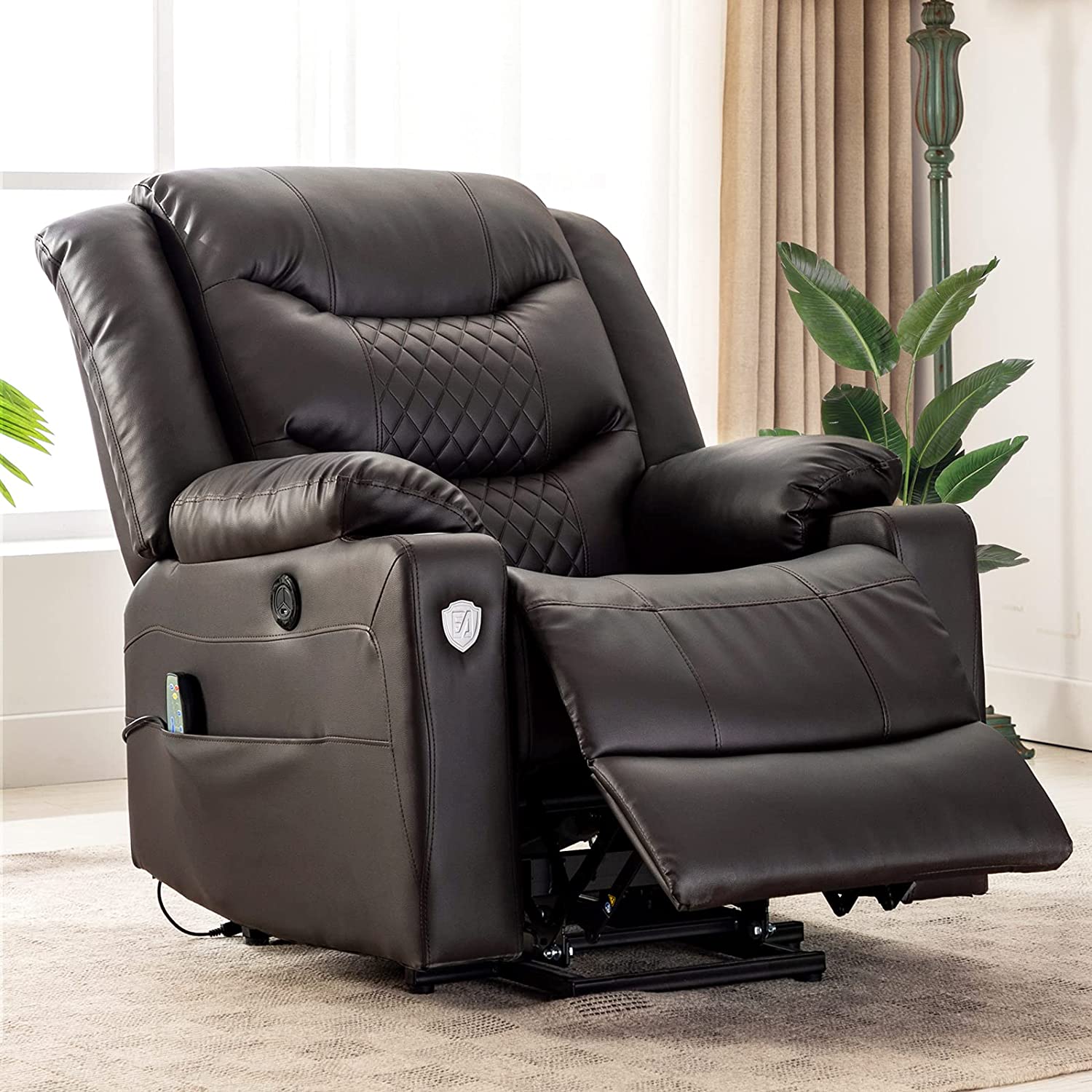Top Lift Chair Parts & Their Functions: Best Lift Chair Parts

Choosing the right lift chair can significantly improve comfort and independence, but understanding the key components that contribute to its smooth operation is essential. This section delves into the five most crucial parts, explaining their functions and highlighting factors to consider for optimal performance and longevity.
Lift Chair Components and Their Roles
The seamless operation of a lift chair relies on the interplay of several key components. Understanding their individual functions helps you appreciate the engineering behind this assistive technology and make informed decisions when purchasing or maintaining your chair.
| Part Name | Function | Material Considerations | Common Issues |
|---|---|---|---|
| Motor | Provides the power for lifting, reclining, and other functionalities. Different motors offer varying power and quietness. | High-quality motors with robust gearing are crucial for longevity. Consider the motor’s wattage and noise level. | Motor burnout due to overheating or voltage surges. Excessive noise or failure to operate. |
| Gearbox | Transmits power from the motor to the lift mechanism, reducing speed and increasing torque. | Durable metal gears are preferred for their strength and resistance to wear. Consider the gear ratio for optimal lifting power. | Gear stripping or malfunction leading to reduced lifting capacity or noisy operation. |
| Reclining Mechanism | Controls the angle of the backrest and footrest, allowing for various reclining positions. | Durable steel or aluminum components are essential for smooth and reliable operation. Consider the type of reclining mechanism (e.g., handle-operated, power-operated). | Stiffness, difficulty in reclining, or mechanism failure. |
| Lift System | The core component that raises and lowers the chair. This often involves a system of levers, gears, and cylinders. | High-strength steel or aluminum is essential for safety and reliability. Consider the lift capacity and lifting speed. | Failure to lift, slow lifting speed, or inconsistent lifting height. |
| Upholstery | Provides comfort and aesthetic appeal. Various materials offer different levels of durability, breathability, and ease of cleaning. | Leather offers durability and luxury, while fabric provides comfort and a wider range of styles. Consider the fabric’s stain resistance and ease of cleaning. | Tears, fading, staining, and general wear and tear. |
Material Durability and Longevity, Best lift chair parts
The materials used in a lift chair significantly influence its durability and longevity. Steel frames, while heavier, generally offer superior strength and longevity compared to aluminum frames, which are lighter but may be more prone to bending under stress. However, advancements in aluminum alloys have led to increased strength and durability, making them a viable alternative. For upholstery, leather is known for its exceptional durability and resistance to wear, but it can be more expensive and less breathable than fabric options. High-quality fabrics with strong weaves and stain-resistant treatments offer a balance of comfort, durability, and affordability.
Lift Chair Mechanism Flowchart
The following description details the typical operational sequence of a lift chair. Imagine a flowchart where each step is connected to the next, starting with the user activating the lift control (either a button or a lever) and ending with the chair in its desired position. The control signal triggers the motor. The motor, via the gearbox, activates the lift system, raising or lowering the chair. Simultaneously or sequentially, the reclining mechanism adjusts the backrest and footrest according to the user’s settings. This coordinated movement of the lift and reclining mechanisms ensures smooth and comfortable transitions between sitting, reclining, and standing positions.
